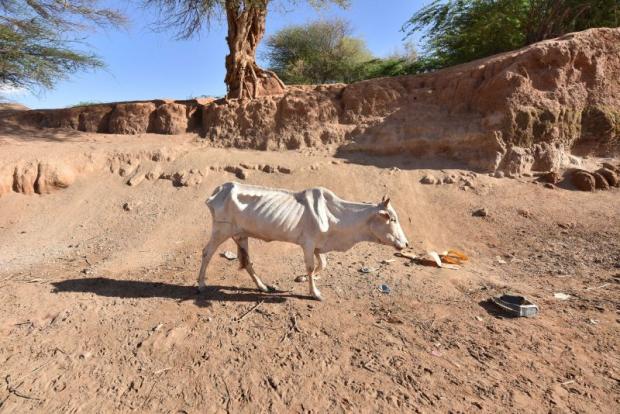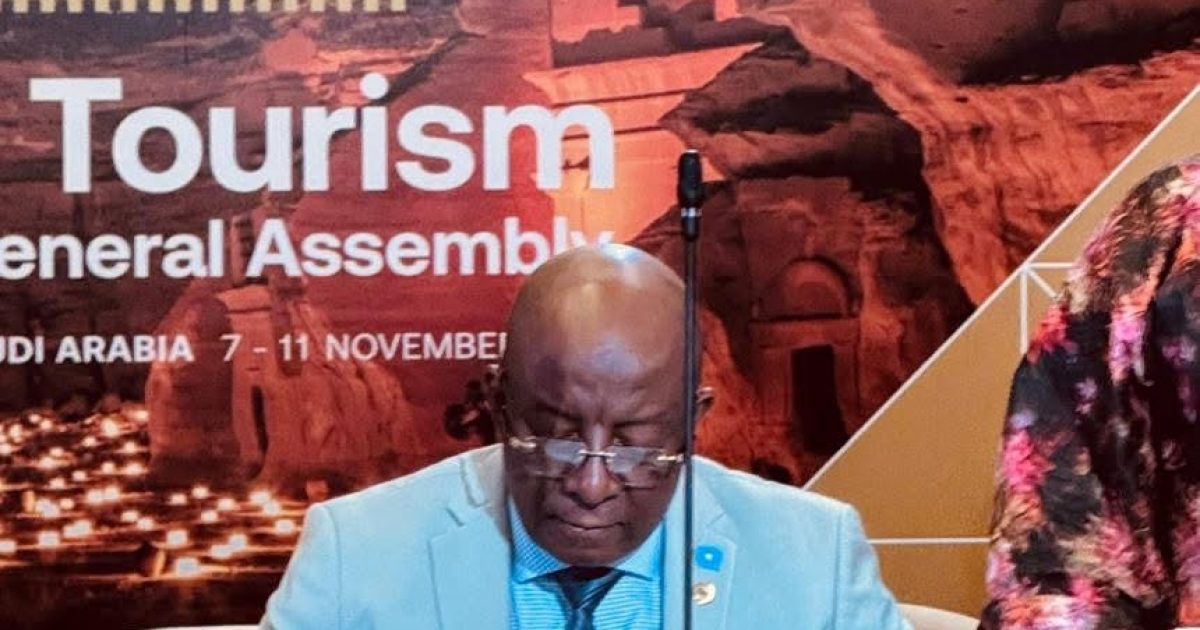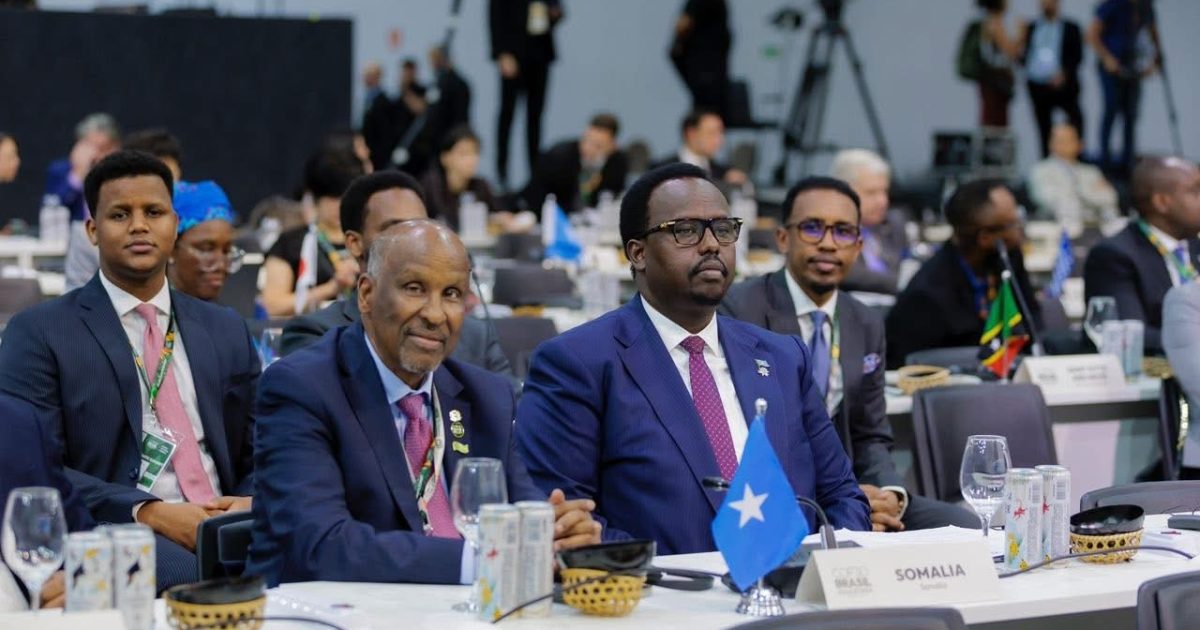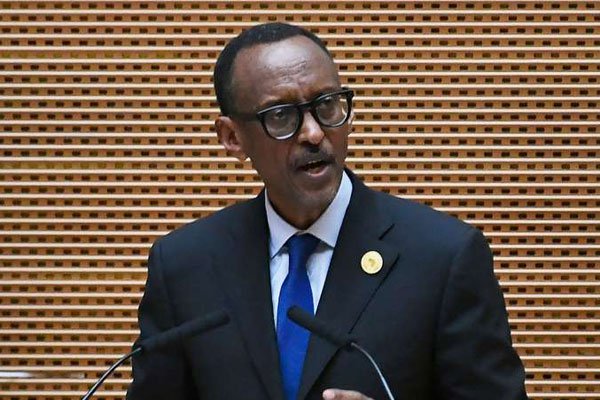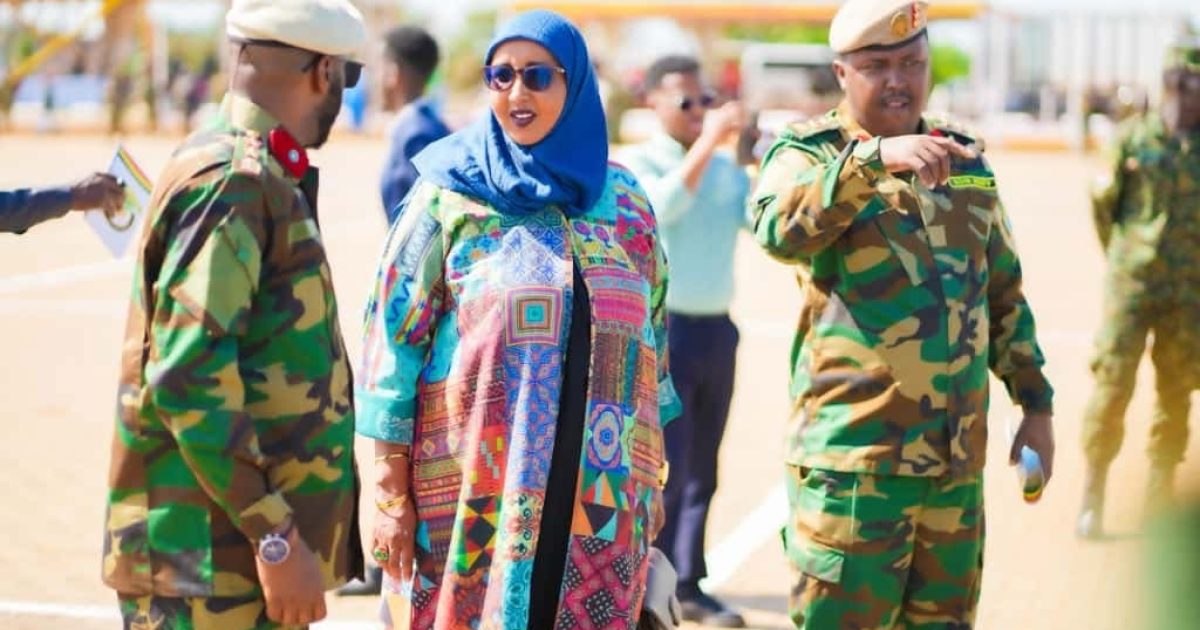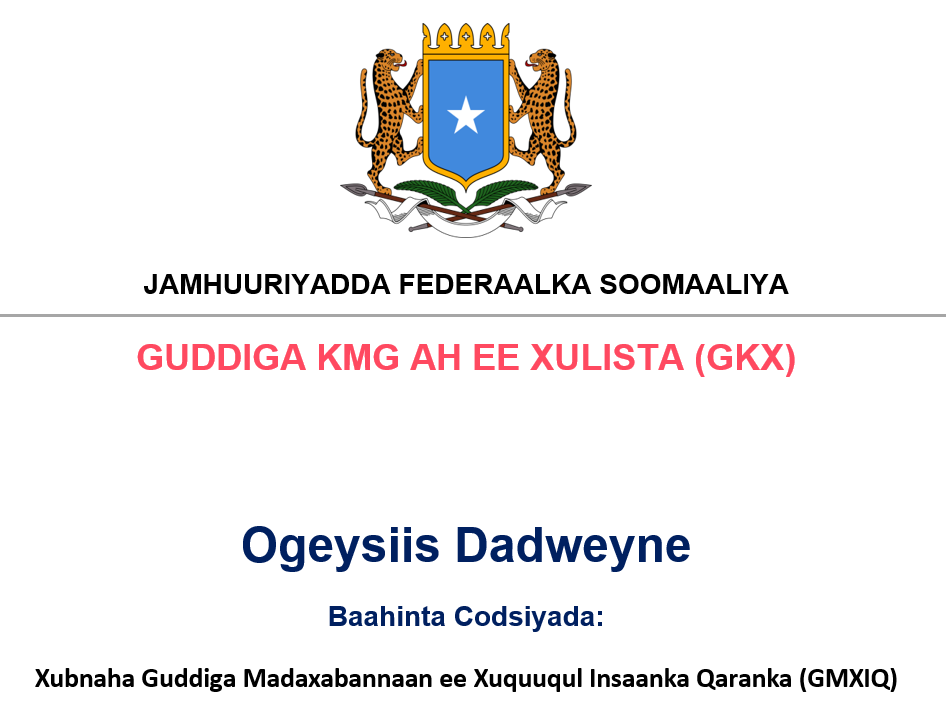The year 2017 was momentous for Somalia, with the inauguration of a new president and parliament following a historic electoral process, and also the launch of a National Development Plan (2017–19). However, the peaceful transition of power was soon followed by the declaration of a “natural disaster” in the form of a prolonged drought that sparked fears of famine. By the end of 2017, 6.2 million people were in need of humanitarian assistance and over 1 million people internally displaced.
Recurrent drought, food insecurity, and famine have become a devastating reality in Somalia in recent decades. Since the end of the 2011 famine, about $4.5 billion has been spent on emergency response to save lives. Joint efforts by the Somali Government and local and international partners in 2017 averted another famine, but indications are that the effects of the continuing drought will continue into 2018.
This signals a need to link humanitarian assistance to medium- to longer-term development planning through strong government systems, the private sector, and civil society. Continuing urgent, life-saving response is vital, but only long-term development gains—delivered in parallel with it—will lift the country out of poverty, vulnerability, and insecurity.
This New Way of Working (or NWOW), agreed upon at the World Humanitarian Summit in 2016, provides an agile and inclusive roadmap to help us bridge the gap between humanitarian and development efforts by:
a) setting collective targets around reducing needs; b) dividing roles and responsibilities based on the comparative advantages of stakeholders; and c) collectively securing funding and creating the capacity to support a response over a longer timeframe.
DINA, or Drought Impact and Needs Assessment
It was within this context that the Somali Government—with the support of the United Nations (UN), the World Bank and the European Union (EU)—carried out an assessment (DINA, as above) of the impact of the 2017 drought on the lives and livelihoods of Somali people.
The first of its kind in Somalia, DINA identified long- term, durable solutions to address the root causes of the recurrent crises and align them with the NWOW, fostering closer collaboration between humanitarian responses and development investment.
With government leadership, 180 sector experts from the Somali Government, the United Nations, the European Union, and the World Bank collected data across 18 sectors, incorporating existing data from the Somalia Humanitarian Needs Overview. The sectors analyzed include agriculture, water supply and sanitation, health and nutrition, food security, livelihoods, education and social protection.
With damages amounting to $1.02 billion, and losses estimated at $2.23 billion, the DINA estimates that the total effect of the most recent drought in Somalia is expected to exceed $3.25 billion. Total recovery needs are estimated at $1.77 billion. Agriculture (irrigated and rain-fed crops) and urban development and municipal services are the most affected sectors, representing 28% and 17% of the total needs.
DINA is an important foundation for the humanitarian-recovery-development nexus. The EU, UN, and World Bank have worked on similar needs analysis and recovery frameworks since 2013, and their support complements both Somalia’s national priorities (through its National Development Plan and National Disaster Management Policy) and the Humanitarian Response Plan.
We also strive to assist the government in carrying out other analyses and coming up with strategies that focus on inclusion and equity, such as of marginalized groups and Internally Displaced Persons (IDPs). We also take service provision in hard-to-reach areas into account.
What now?
The findings of DINA fed into the development of a Recovery and Resilience Framework (RFF), itself a major step toward providing a comprehensive strategy for policy-making and the institutionalization and financing of economic recovery and long-term development. The RFF allows Somali institutions to build on existing efforts to strengthen their resilience to recurrent disaster.
To this effect, in 2017 the Federal Government of Somalia established the Ministry of Humanitarian Affairs and Disaster Management, dedicating it to coordinating humanitarian and disaster risk reduction interventions. The government also adopted the Somali National Disaster Management Policy that provides the legislative framework for disaster management within relevant government institutions, and improves disaster risk governance at federal and regional state levels.
Together, these assessments and frameworks provide all development actors costings and a blueprint for action that can decrease Somalia’s vulnerability to shock, strengthen livelihoods, and increase economic growth. Examples of collaboration in Somalia include the Identification for Development (ID4D) ID campaign, and analytical work on federalism that harnesses the strengths of the World Bank’s work on macro-fiscal and governance and UNDP’s work on local governance. It also provides financers a go-to strategy to support Somalia’s resilience to recurring shocks.
Nonetheless, one in two Somalis in Somalia still need humanitarian assistance. The 2018 Gu season (April–June) could potentially become the 5th consecutive poor rainy season in Somalia, limiting the availability of pasture and water, reducing rain-fed crop harvests, and exacerbating already high levels of acute food insecurity.
Continuing humanitarian assistance and livelihood support to Somalia is vital in 2018, paralleled by development solutions that focus on job creation, access to finance, and support to public service delivery, to ensure that drought never turns to famine again.


